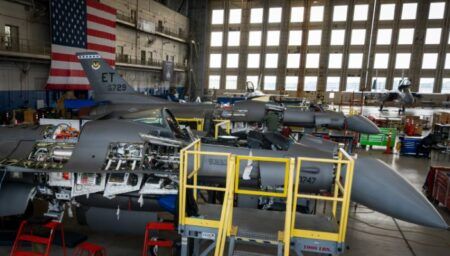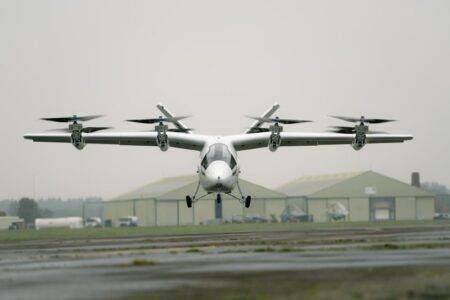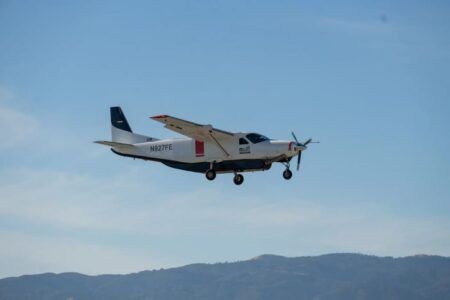The European Union Aviation Safety Agency has published a revision to its regulations that would enable more medium-sized airports to conduct all-weather operations by using the latest technology.
The changes affect the regulatory framework for all-weather operations (AWO) and flight crew training. The concept of AWO refers to the ability of aircraft to take off and land in an airport under low visibility conditions.
The proposed rule-change would enable new enhanced flight vision systems (EFVS) to be widely-used. This covers technology such as enhanced vision systems, synthetic vision systems, combined vision systems, new head-up display (HUD) technologies, and autoland systems.
New operational concepts that link EFVS with ground and satellite-based augmentation systems have been developed for use by air traffic management systems in Europe by SESAR (Single European Sky ATM Research).
While large airports are for the most part already equipped for AWO, medium-size or regional airports have typically so far been unable to afford the investment required.
The regulatory changes would therefore mean that aircraft operators can use airports with lower operating minima and that airports can stay open in bad weather and lower visibility conditions, without installing expensive airfield ground lighting systems or ground-based navigation aids.
EASA’s executive director Patrick Ky said, “This opinion is innovative in certifying the use of technologies that are already available to increase safety, while at the same time broadening the commercial network by increasing the accessibility to medium-size airports and bringing environmental and cost advantages by reducing the number of diversions due to poor visibility,”
“It takes a performance and risk-based approach to increase safety in a cost-effective way, taking advantage of technological innovations.”
In addition, the proposal allows for safe helicopter flights under instrument flight rules (IFR), using point-in-space (PinS) approaches and departures.
The capability to conduct all-weather operations at an aerodrome is an important factor in network planning for commercial airlines. Aerodromes that cannot support this have an additional cost and risk attached: the aircraft may need to carry additional fuel to allow for a safe diversion if needed; and such diversions are of course also unpopular with passengers, who may land at an airport some distance from their intended destination.
An approach in marginal conditions which has to be aborted (go-around) is costly in terms of fuel, which is bad financially and also for the environment.
For these reasons, an airline is more likely to offer services to an airport which can support all-weather operations. This in turn can be good for the local region, in increasing its connectivity.
For flight crew training the proposal improves the existing requirements for air operators by addressing the initial and recurrent training and checking, as well as the conditions for operation on more than one aircraft type or variant, the acceptance of previous training and checking by non-commercial operators, and multi-pilot operations of single-pilot certified helicopters.





